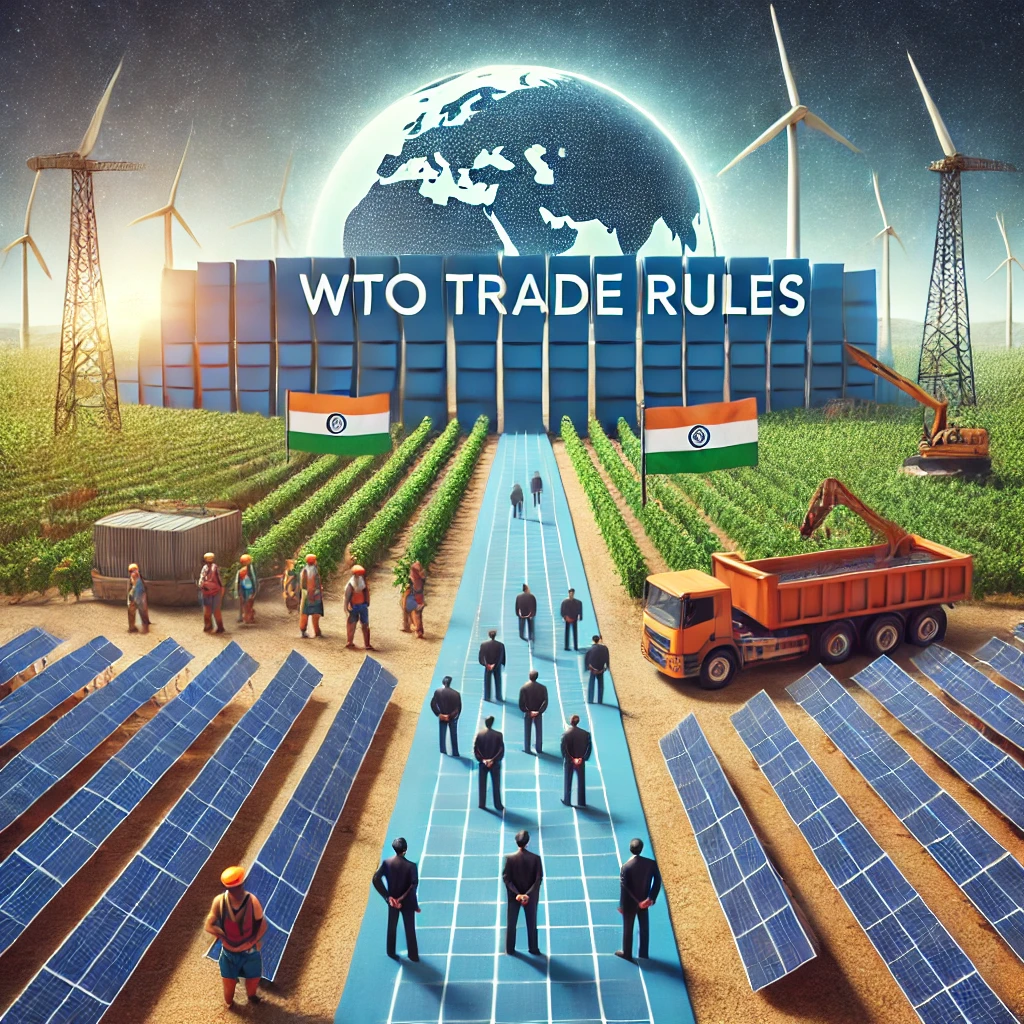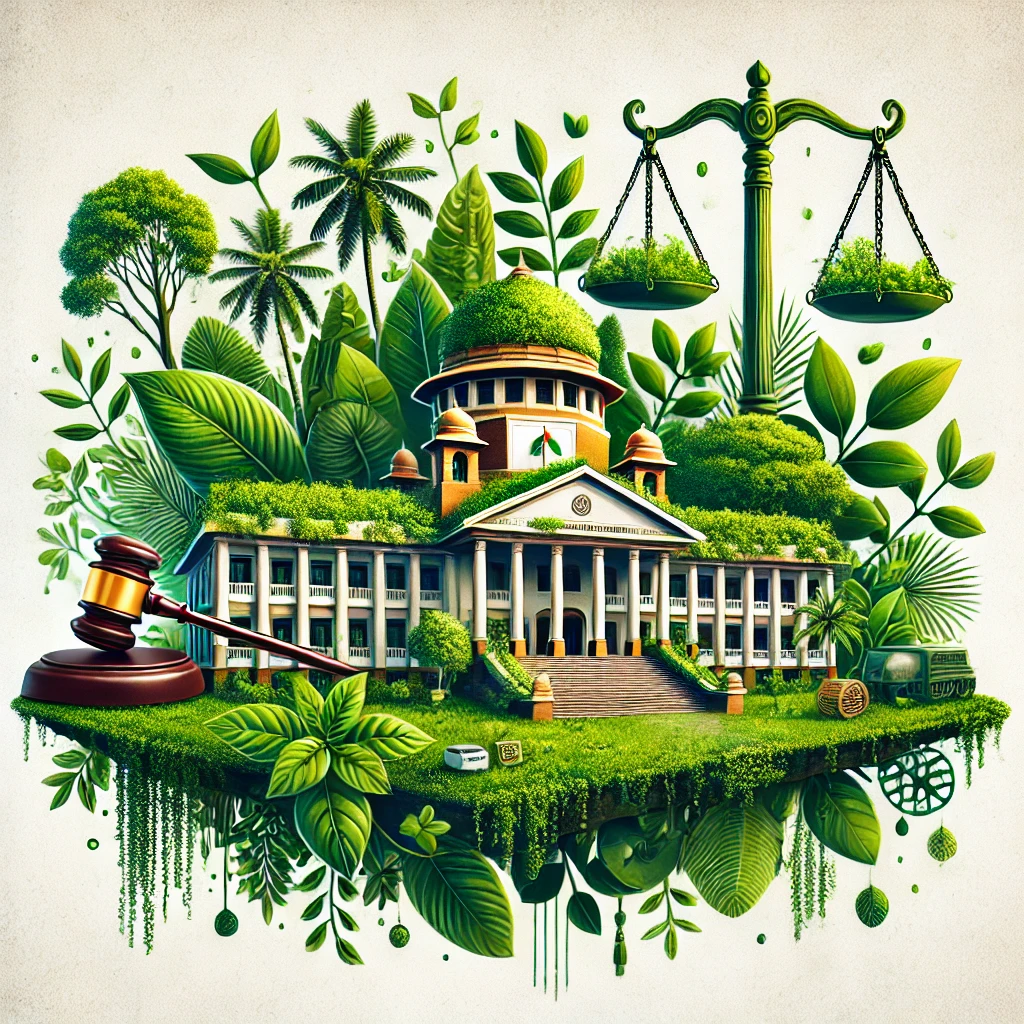Environmental laws at Philippines
The Philippines has a comprehensive framework of environmental laws designed to protect its rich natural resources, biodiversity, and ecosystems, as well as to address various environmental challenges like pollution, climate change, and deforestation. The country’s environmental legal structure is influenced by both national policies and international agreements it is a part of. Below is an overview of some of the key environmental laws in the Philippines:
1. The Philippine Constitution (1987) – Article II, Section 16
The Constitution guarantees the right of the people to a balanced and healthful ecology. It mandates the state to protect and advance the right of the people to a healthy environment by promoting sustainable development and natural resource management. This constitutional provision serves as the basis for many of the country’s environmental laws.
2. The Environmental Impact Statement (EIS) System – Presidential Decree No. 1586 (1978)
The EIS System requires an Environmental Impact Assessment (EIA) for major development projects that may significantly affect the environment. It requires proponents of projects to submit an environmental impact statement detailing the potential environmental effects and mitigation measures. The law is enforced by the Department of Environment and Natural Resources (DENR) through the Environmental Management Bureau (EMB).
3. Republic Act No. 9003 – Ecological Solid Waste Management Act (2000)
This law provides a comprehensive approach to waste management, focusing on waste reduction, recycling, and environmentally sound waste disposal practices. Key provisions include:
Waste segregation: The law requires households, institutions, and businesses to segregate their waste into categories (biodegradable, recyclable, and residual).
Establishment of materials recovery facilities (MRFs): Local government units (LGUs) are responsible for establishing facilities for the proper disposal and recycling of waste.
Prohibition of certain wastes: The law bans the open burning of waste, the use of plastic bags for certain purposes, and the disposal of hazardous waste in landfills.
4. Republic Act No. 8749 – The Clean Air Act (1999)
The Clean Air Act aims to reduce air pollution and improve air quality across the Philippines. Key provisions include:
Emission standards: The law sets limits on air pollutants, such as carbon monoxide, nitrogen oxides, sulfur dioxide, and particulate matter from industries, vehicles, and other sources.
Air quality monitoring: The DENR and other agencies are tasked with monitoring air quality and enforcing pollution control standards.
Vehicle emissions testing: The law mandates that vehicles undergo regular emissions testing to ensure compliance with air quality standards.
5. Republic Act No. 9275 – The Clean Water Act (2004)
This law aims to protect the country’s water resources from pollution and ensure their sustainable use. It covers:
Wastewater management: The law requires industries and commercial establishments to treat their wastewater to meet water quality standards before releasing it into water bodies.
Water quality management areas: The creation of management areas for river basins and coastal waters to protect water resources.
Pollution control: Regulations for regulating and monitoring pollution from domestic, industrial, and agricultural activities.
6. Republic Act No. 7586 – National Integrated Protected Areas System (NIPAS) Act (1992)
The NIPAS Act establishes a system of protected areas in the Philippines, preserving areas of natural beauty and biodiversity. The law provides for:
Protected areas: The creation and management of protected areas such as national parks, wildlife sanctuaries, and marine reserves.
Conservation: Restrictions on activities that could harm the biodiversity and ecosystems within these protected areas.
Biodiversity conservation: The protection of endangered species and their habitats.
7. Republic Act No. 10068 – Organic Agriculture Act (2010)
This law promotes the development of organic agriculture in the Philippines, aiming to reduce the use of harmful chemicals and promote sustainable agricultural practices. Key provisions include:
Support for organic farmers: Financial and technical assistance to farmers to transition to organic farming.
Certification of organic products: Establishment of certification standards for organic farming and products.
Sustainability: Promotes ecological farming practices to improve soil health, water conservation, and biodiversity.
8. Republic Act No. 10121 – Disaster Risk Reduction and Management Act (2010)
While primarily focused on disaster risk reduction, this law includes significant provisions for addressing climate change and environmental hazards. It establishes:
Climate change adaptation: Measures to reduce vulnerability to climate-related disasters, such as flooding, typhoons, and sea-level rise.
Local government roles: LGUs are tasked with integrating disaster risk reduction and environmental management into local development plans.
9. Republic Act No. 10654 – The Fisheries Code (1998, Amended in 2015)
The Fisheries Code governs the management and conservation of the Philippines’ fisheries and aquatic resources. It includes:
Marine protected areas: The creation of fish sanctuaries and no-fishing zones to protect biodiversity.
Sustainable fishing practices: Regulations on fishing gear, fishing seasons, and the protection of endangered marine species.
Aquatic biodiversity: Provisions to prevent overfishing and preserve marine ecosystems.
10. Republic Act No. 10175 – Cybercrime Prevention Act (2012)
Although not specifically focused on environmental protection, this law criminalizes cybercrimes, including those related to the illegal trade of endangered species. It has been used to combat online activities that threaten biodiversity and ecosystems, such as illegal wildlife trade.
11. Republic Act No. 11123 – Philippine Biodiversity Act (2018)
This law strengthens the protection and conservation of biodiversity. It integrates various provisions, such as:
Protected species: Establishment of a framework for the protection of threatened species.
Habitat preservation: Efforts to preserve the habitats of endemic and endangered species.
Community-based conservation: Involvement of local communities in biodiversity conservation and sustainable resource use.
12. Republic Act No. 11285 – Energy Efficiency and Conservation Act (2019)
The law promotes energy efficiency and conservation as part of the Philippines’ efforts to reduce its carbon footprint. It requires both government and private sectors to implement energy-saving practices and the use of renewable energy sources.
13. Republic Act No. 9003 – The Ecological Solid Waste Management Act (2000)
This act provides the framework for managing solid waste in the country, with a focus on waste segregation, reduction, and recycling. It requires local governments to implement waste management systems and mandates the establishment of materials recovery facilities (MRFs).
14. International Environmental Agreements
The Philippines is a party to several international environmental agreements, including:
The Convention on Biological Diversity (CBD): Aims to conserve biodiversity and ensure its sustainable use.
The Paris Agreement on Climate Change: The Philippines is committed to reducing greenhouse gas emissions and adapting to climate change.
The Ramsar Convention on Wetlands: A commitment to conserving and managing wetlands.
Enforcement and Challenges
The Department of Environment and Natural Resources (DENR) is the key agency responsible for implementing and enforcing environmental laws in the Philippines. Other agencies such as the National Commission on Indigenous Peoples (NCIP) and the Bureau of Fisheries and Aquatic Resources (BFAR) also play significant roles.
However, challenges persist, including:
Illegal logging and deforestation.
Pollution from industrial, agricultural, and domestic sources.
Climate change vulnerability and disaster risk.
Enforcement issues, as local governments and communities may not always have the capacity or resources to properly enforce laws.
Conclusion
The Philippines has a robust set of environmental laws designed to protect its natural resources and promote sustainable development. While there are legal frameworks in place for managing natural resources, reducing pollution, and protecting biodiversity, enforcement remains a challenge. Additionally, climate change poses a growing threat to the country, making effective environmental governance and adaptation a priority.




























0 comments